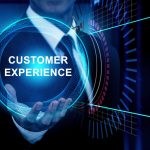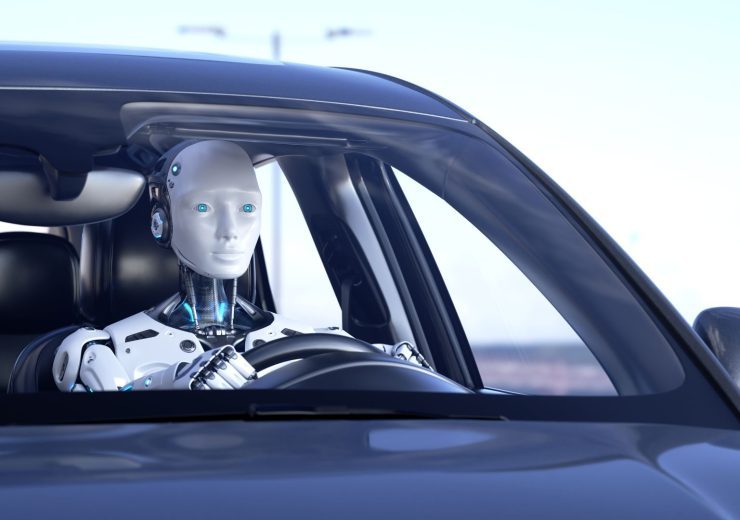AI-Powered Cities: Building the Smart Urban Future
By 2050, nearly 70% of the global population will live in cities, a shift that demands radical innovation to address overcrowding, resource scarcity, and climate change. Artificial intelligence (AI) is emerging as the backbone of this transformation, enabling cities to evolve into interconnected, responsive ecosystems. From optimizing traffic flow to predicting energy demands and enhancing public safety, AI-powered technologies are redefining urban living. This article explores how AI is shaping the cities of tomorrow, the challenges it faces, and the ethical considerations that will determine whether these smart cities thrive or falter.
The Pillars of AI-Powered Cities
AI-powered cities rely on a web of sensors, IoT devices, and data analytics platforms to create systems that learn, adapt, and respond in real time. At the core of this revolution are intelligent transportation networks that reduce congestion through AI-driven traffic light synchronization, as seen in Los Angeles, where adaptive signals cut average commute times by 12%. Autonomous public transit, such as Singapore’s self-driving shuttles, uses machine learning to optimize routes based on passenger demand and traffic patterns. Energy grids are becoming smarter, too—Copenhagen’s AI-managed grid integrates renewable energy sources like wind and solar with 99% efficiency, while AI systems like IBM’s Watson optimize skyscraper HVAC and lighting systems, slashing energy costs by 30%. Waste management is being overhauled with predictive algorithms: Amsterdam’s sensor-equipped trash bins alert collection trucks only when full, reducing pickup trips by 50%. Water infrastructure benefits from AI-powered leak detection systems that analyze pressure data to identify and repair leaks in real time, saving millions of gallons annually. These interconnected systems form the foundation of cities that not only function efficiently but actively improve residents’ quality of life.
AI in Urban Governance and Public Safety
Urban governance is being reimagined through AI-driven decision-making tools. Digital twins—virtual replicas of cities like Singapore’s Virtual Singapore—allow planners to simulate disasters, population growth, and infrastructure changes before implementing them in the real world. Citizen engagement is streamlined through AI chatbots such as Dubai’s Rashid, which handles 80% of routine municipal queries, freeing human staff for complex tasks. Public safety is enhanced through predictive policing tools like PredPol, which analyzes historical crime data to allocate police resources more effectively, though critics argue such systems risk reinforcing biases in marginalized neighborhoods. Disaster response is another frontier: Google’s Flood Hub uses AI to predict floods in India and Bangladesh, sending life-saving SMS alerts to millions. Healthcare systems are also evolving—Toronto’s BlueDot AI flagged the COVID-19 outbreak days before official alerts by analyzing global health data, while Rwanda’s Zipline drones deliver blood and vaccines to remote areas in 30 minutes using AI-optimized flight paths. These innovations highlight AI’s potential to make cities safer and more responsive, but they also raise critical questions about privacy, equity, and control.
Sustainability and Environmental AI
AI is a critical ally in the fight against climate change. Cities like London deploy hyperlocal air quality sensors through initiatives like Breathe London, using AI to map pollution hotspots and recommend cleaner commuting routes. Satellite-powered emission tracking systems monitor industrial carbon footprints, enabling governments to enforce climate policies with unprecedented precision. Urban green spaces are being redesigned using AI algorithms that maximize biodiversity and carbon sequestration—Milan’s Vertical Forest, a pair of AI-planned residential towers, hosts 20,000 plants that absorb 30 tons of CO2 annually. Circular economies are gaining traction, too: Stockholm’s AI-powered waste management platform connects businesses with recyclers, diverting 35% of waste from landfills. Renewable energy integration is another priority; in Helsinki, AI forecasts solar and wind output to balance grid demand, reducing reliance on fossil fuels. However, these advancements require massive investments in smart infrastructure, and critics warn that low-income neighborhoods often lack access to these technologies, exacerbating existing environmental inequalities.
Challenges and Ethical Dilemmas
The rise of AI-powered cities is not without controversy. Privacy concerns loom large—facial recognition systems in Shenzhen and Moscow scan public spaces for security purposes, but civil liberties groups argue they enable mass surveillance. Data ownership remains a gray area: Who controls the terabytes of information collected from citizens’ smartphones, smart meters, and surveillance cameras? Bias in AI systems is another hurdle; predictive policing tools often disproportionately target minority communities, perpetuating systemic inequality. Tools like IBM’s AI Fairness 360 aim to audit algorithms for bias, but implementation is inconsistent. Infrastructure costs pose a barrier, too—retrofitting cities with AI-ready systems requires billions, and the digital divide risks leaving poorer regions behind. Public trust is fragile: A 2023 Pew Research study found that 62% of urban residents distrust how governments use AI, fearing misuse of personal data. Balancing innovation with ethics will determine whether smart cities empower citizens or deepen disparities.
The Future of AI-Powered Cities
The next decade will see AI-powered cities evolve into hyperconnected ecosystems. Sixth-generation (6G) networks, rolling out by 2030, will enable real-time data sharing between millions of devices, from autonomous vehicles to smart streetlights. Brain-computer interfaces, currently in experimental phases, could allow residents to interact with city systems via neural implants—imagine adjusting your home’s temperature or reporting a pothole with a thought. Self-healing infrastructure will become standard: AI will detect and repair potholes, power outages, and water leaks autonomously, minimizing disruptions. Urban air mobility will take flight—companies like Volocopter are testing AI-piloted air taxis in Seoul and Singapore, aiming to reduce road congestion. Ethical frameworks will also mature: The UN’s “AI for Sustainable Urbanization” guidelines advocate for inclusive design, urging cities to involve residents in decision-making through platforms like Helsinki’s participatory budgeting app. The goal is to build cities that prioritize human well-being over mere efficiency, blending cutting-edge technology with empathy and equity.
Conclusion: Cities That Think, Feel, and Adapt
AI-powered cities represent humanity’s boldest attempt to harmonize technological progress with sustainability and equity. They promise cleaner air, safer streets, and smarter resource use—but only if guided by ethical principles. The path forward requires transparency in AI governance, investment in inclusive infrastructure, and ongoing dialogue between technologists, policymakers, and citizens. The smart city revolution is not just about sensors and algorithms; it’s about reimagining urban life in a way that respects both the planet and its people. As we stand at this crossroads, one question remains: Will we build cities that merely function, or cities that truly *live*?
TGI is a US-based software house specializing in delivering custom software solutions tailored to your business needs.
From AI and ML-driven innovations to comprehensive web and mobile app development, our expertise ensures your business stays ahead of the curve. Contact us today to learn how we can transform your ideas into reality.
Related Posts
How AI Is Making Transportation Safer, Smarter, and Faster
How AI Is Making Transportation Safer, Smarter, and...
5 Reasons to Continuously Invest in New Technologies
Since the 1970s, the momentum with which technology is making advances is increasing...



